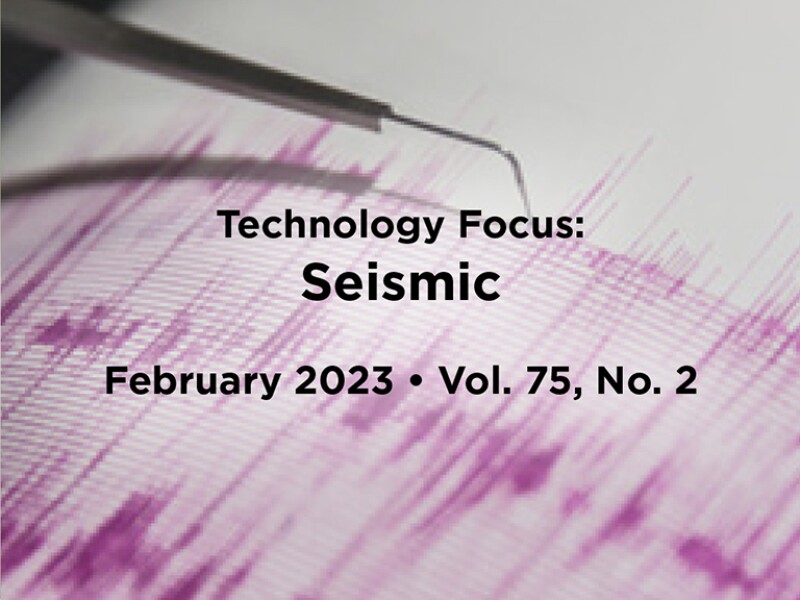The energy transition and disruption in the energy supply/demand chains fueled by the combined effect of the COVID-19 pandemic and the ongoing Russia/Ukraine war have given rise to more-innovative geoscience approaches geared toward carbon-footprint reduction with efficient and sufficient energy supply despite the increasing difficulty in finding new or remaining hydrocarbon accumulations.
This year’s titles have a good mix of new frontier exploration, expanding heartlands, and brownfield-development themes. Improved seismic survey techniques, seismic image uplift, enhanced seismic attribute analysis, reservoir characterization, fracture diagnostics, mitigation of induced seismicity, and carbon capture and storage topics also are featured.
As in previous years, more achievements in machine learning and automation of seismic processing and attribute analysis on both new or existing data to redefine geological plays, improve understanding of risks and uncertainties, enhance well placement and hydrocarbon recovery, reduce cost, and increase production are worthy of note.
The selected top three papers for synopsis and those recommended for reading provide a taste of the themes mentioned above. I hope you find them as informative and transformational as I did.
This Month’s Technical Papers
Innovation, Integration Enable Success in Guyana-Suriname Basin
4D Seismic Used Effectively in Subsurface CO2Plume Monitoring
Active and Passive Near-Field Hydrophones Used in Ultrashallow Waters
Recommended Additional Reading
SPE 208174 Accurate Pore Fluid Indicator Prediction Using Seismic Fluid Bulk Modulus Inversion by Makky Sandra Jaya, Petronas, et al.
SPE 211627 Seismic Motion Inversion Based on Geological Conditioning and Its Application in Thin Reservoir Prediction, Middle East by Chen Xin, China National Petroleum Corporation, et al.
IPTC 22631 First Time-Lapse Walkaway Virtual Seismic Profile Monitoring of CO2Water-Alternating-Gas Enhanced Oil Recovery Pilot: Challenges and Learnings From Onshore Carbonate Field UAEby Moza Mohamed, ADNOC, et al.
SPE 207253 4D Seismic Detectability in a Brazilian Presalt Carbonate Field by Cyril Agut, TotalEnergies, et al.
SPE 207719 Benefits of Ultradense 3D Spatial Sampling for Seismic Processing and Interpretation by Mohamed Mahgoub, ADNOC, et al.
Eudorah Ochai-Audu, SPE, is onshore exploration business opportunity manager and planning lead for Shell Nigeria. She holds an MS degree in petroleum geosciences from Royal Holloway, University of London, and is a professional with the Council of Nigeria Mining Engineers and Geoscientists. Ochai-Audu joined Shell in 2008 as a trainee geoscientist. Before her current role, she was a senior production seismologist with more than 13 years of experience in 3D seismic interpretation, static reservoir modeling, and operations geology and has been involved in several field-development plans, oil and gas reservoir evaluations, and field-execution projects in Nigeria and the Middle East. One of Ochai-Audu’s greatest passions is talent development, with a strong interest in career coaching and mentoring for young professionals and students. She is a strong advocate for continuous improvement, knowledge sharing, and work simplification leveraging technology. Ochai-Audu is a member of the JPT Editorial Review Board.

